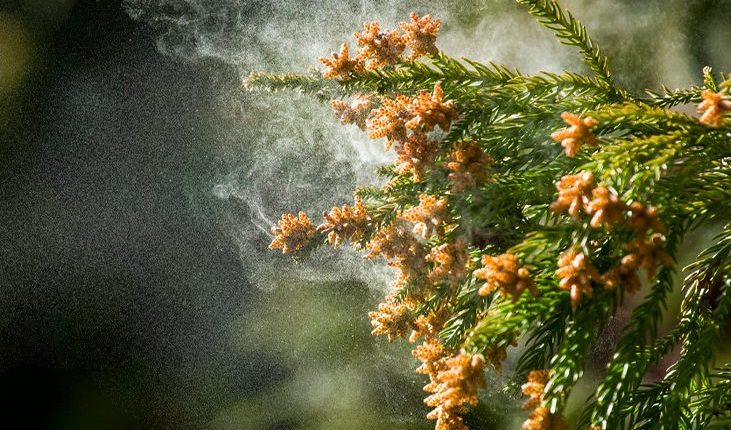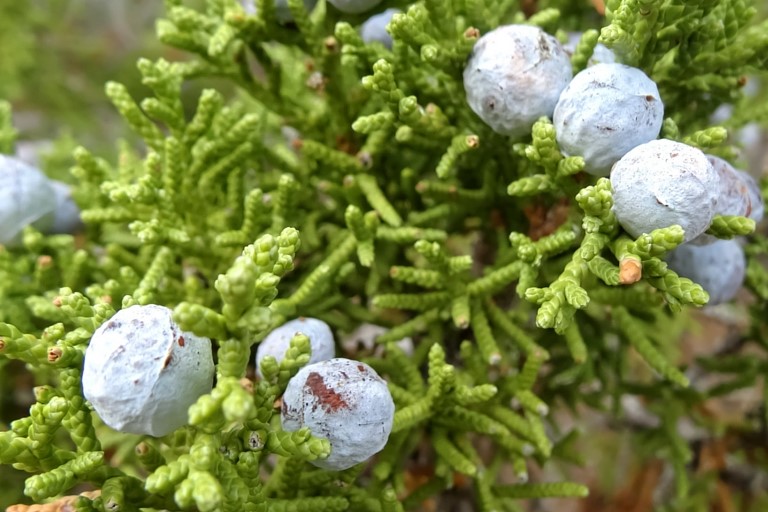
Seasonal allergies: what is cedar fever?
Cedar fever, also referred to as allergic rhinitis, isn’t exactly what it sounds like. It’s not flu, and it’s not a virus — it’s an extreme allergy
Cedar fever is common in areas with a lot of mountain cedar or juniper trees. These trees release a large amount of allergy-causing pollen, and it overwhelms the body.
Causes of cedar fever
One of the main causes of cedar fever is a high concentration of cedar pollen in the air.
A small amount of the same pollen wouldn’t have the same effect on your body.
A lot of cedar pollen will still give you symptoms even if you don’t typically get allergies.
For example, Central Texas is home to a high concentration of Ashe juniper trees, which release pollen similar to cedar pollen.
All of these trees release pollen at the same time, so pollen overpowers the air and cedar fever becomes very common.
Cedar trees release a large quantity of pollen in the air and have unique pollination patterns. Instead of pollinating in the spring-like most other trees, cedar and Ashe juniper trees pollinate in the winter.
They release their pollen in the air immediately following a cold front.
Weather conditions at that time are perfect for the trees to lose all their pollen at one time.
Symptoms of cedar fever
Cedar fever symptoms are often confused with signs of a cold or flu.
This is because of the time of year when cedar fever is popular.
If you have cedar fever, you might experience these symptoms:
- Extreme tiredness
- Sore throat
- Runny nose
- Difficulty smelling
- Mild fever
- Itchy, watery eyes
- Stuffy nose
- Plugged ears
- Frequent sneezing
Cedar fever shares symptoms with many common illnesses like flu
According to healthcare providers, one of the ways to rule out other illnesses is by looking at your mucus.
If your mucus is clear, you could have cedar fever or a viral infection that causes a runny nose.
But if the mucus is colored, you likely have some other condition.
Some of these symptoms can be worse if you have pre-existing conditions like asthma, chronic obstructive pulmonary disease (COPD), or severe diabetes.
If you get cedar fever and already have one of these complicating conditions, contact your healthcare provider immediately.
Treatment
When you have cedar fever, the mucous membranes that line your nose and sinuses become agitated and inflamed.
It’s an allergic reaction that comes on very quickly.
You can treat your cedar fever just like you would treat any other allergy.
Take allergy medicine or antihistamine medication.
When faced with an allergy, your body reacts to it by releasing histamine to protect itself.
Antihistamines stop or lessen the effects of allergic reactions.
Nasal irrigation is another option to treat your cedar fever
It is the process of draining the mucus out of your nose by pouring saltwater into your nasal passages.
You can use a squeeze bottle, bulb syringe, or a neti pot for nasal irrigation.
It helps flush out whatever is in your sinuses, including the cedar pollen that’s irritating you.
If these over-the-counter solutions don’t work for you, visit your healthcare provider.
They will prescribe a stronger solution, like corticosteroids or anti-inflammatory medications, to cure your cedar fever symptoms.
Because cedar fever is not technically a treatable illness, your best option might be to steer clear of cedar pollen.
You can try to avoid spending time outside when the pollen count is high.
Local news stations and weather forecasts typically predict when the cedar pollen will be most concentrated in the air.
You can close all windows and doors and stay indoors to prevent cedar fever.
Also, you can update air filters in your car and house to help keep cedar pollen at bay.
If you go outside, make sure you wear a face mask.
After coming home, wear new clothes and take a shower to remove any pollen you picked up.
You might consider cutting your cedar or Ashe juniper trees down, but this won’t help.
Once cedar pollen is airborne, it can float for miles, especially given the weather conditions mentioned earlier.
Cedar fever can’t be prevented completely.
But you can prevent intense symptoms by staying indoors and taking measures to avoid cedar pollen.
Read Also:
Emergency Live Even More…Live: Download The New Free App Of Your Newspaper For IOS And Android
Adverse Drug Reactions: What They Are And How To Manage Adverse Effects
Symptoms And Remedies Of Allergic Rhinitis
Allergic Conjunctivitis: Causes, Symptoms And Prevention
What Is And How To Read The Allergy Patch Test
Allergies: New Drugs And Personalised Treatment
Allergic Contact Dermatitis And Atopic Dermatitis: The Differences
Spring Arrives, Allergies Return: Tests For Diagnosis And Treatment
Pollen Allergy Treatment: What To Do About Seasonal Allergies




